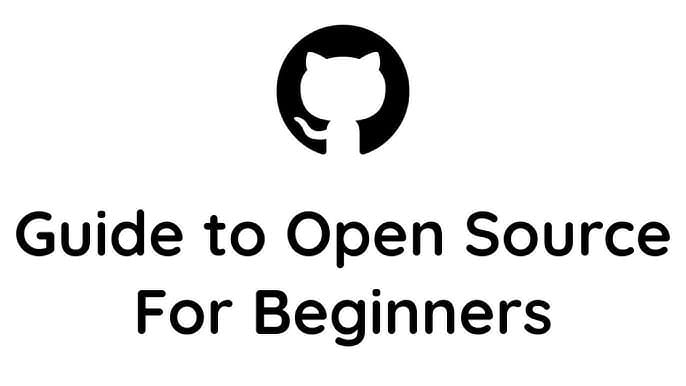Open source isn’t a secret club. It’s people solving real problems in public. If you’re in Kolkata or anywhere in West Bengal, this guide will get you from “where do I start?” to “my first PR is merged,” with a practical path and a local community that actually helps.
Why open source (and why start in Kolkata/West Bengal)
- Build a public portfolio hiring managers can see.
- Learn Git, reviews, CI/CD the way real teams work.
- Meet contributors at Kolkata open-source meetups and West Bengal opensource hackathons; the scene is active and growing.
Step 1: Pick a lane you’ll stick with
Choose one: Web, Data/ML, DevOps/Cloud, Docs, Design/UX, Testing/SRE. Curiosity beats hype. Your lane gives you search terms like:
- “good first issue react”
- “help wanted python”
- “documentation kubernetes beginner”
Pro tip: Many projects curate starter issues with good first issue/help wanted labels so newcomers can jump in.
Step 2: Scout before you fork
Read the README, CONTRIBUTING, and a few Issues. Green flags: friendly tone, beginner labels, and clear setup steps.
You can even add /contribute to a repo URL to see a page of beginner-friendly issues (example: https://github.com/facebook/react/contribute).
Useful directories for newcomers: curated lists of beginner-friendly projects and labels.
Step 3: Set it up locally — your real onboarding
Follow the README exactly. If an install step is missing, that’s your first contribution idea: fix the docs. Many well-run projects intentionally mark starter tasks; some (like Kubernetes) even document how maintainers prepare “good first issues.”
Step 4: Learn just enough Git to move
Branch small, commit clearly, push, open a PR, and update when asked. GitHub’s official “Contributing to open source” guides outline this end-to-end flow succinctly.
Step 5: Start tiny on purpose
Great first PR ideas:
- Fix a typo or broken link in docs.
- Add a missing install command or example.
- Improve an error message.
- Add a one-test reproduction for a known issue.
Tiny PRs get reviewed fast and build trust. Many repos surface these via good first issue on the Contribute page and labels.
Step 6: Ask questions the way maintainers love
Share:
- What you tried (commands, versions, OS)
- Expected vs. actual result
- Exact error/logs
- Minimal repro steps
This isn’t just etiquette—it speeds answers and shows respect for volunteers’ time.
Step 7: You can help beyond code
Docs, examples, quick-starts, testing pre-releases, triaging issues, localization (Bengali + English), accessibility copy—these are high-impact and beginner-friendly. FreeCodeCamp and others maintain newcomer resource lists if you want structured learning.
Local path: a 30-day “first PR” plan
Week 1 — Pick a lane. Shortlist 3 repos. Set up one locally.
Week 2 — Open a small docs PR from your setup notes.
Week 3 — Tackle one good first issue. Attend a a local meetup if you can.
Week 4 — Make a tiny code/test change. Leave a thoughtful review on a small PR.
Consistency beats weekend sprints.
FAQ
How do I find beginner-friendly issues fast?
Use labels like good first issue and help wanted. Add /contribute to a GitHub repo URL for a curated starter list.
Do I need to be a coding expert first?
No. Docs, examples, testing, and triage are valuable contributions and the cleanest way to start. GitHub Docs
Where can I meet people locally?
Follow WBFOSS and allied community pages for Kolkata Free and open-source meetups and West Bengal opensource hackathons.
If you want a friendly runway to your first PR—review help, study jams, and beginner-friendly projects—join WBFOSS. We’re building a West Bengal FOSS community that ships in public and celebrates tiny wins.
Join as Volunteer: wbfoss.org/volunteer-for-us/
Let’s build in the open—from West Bengal to the world.



